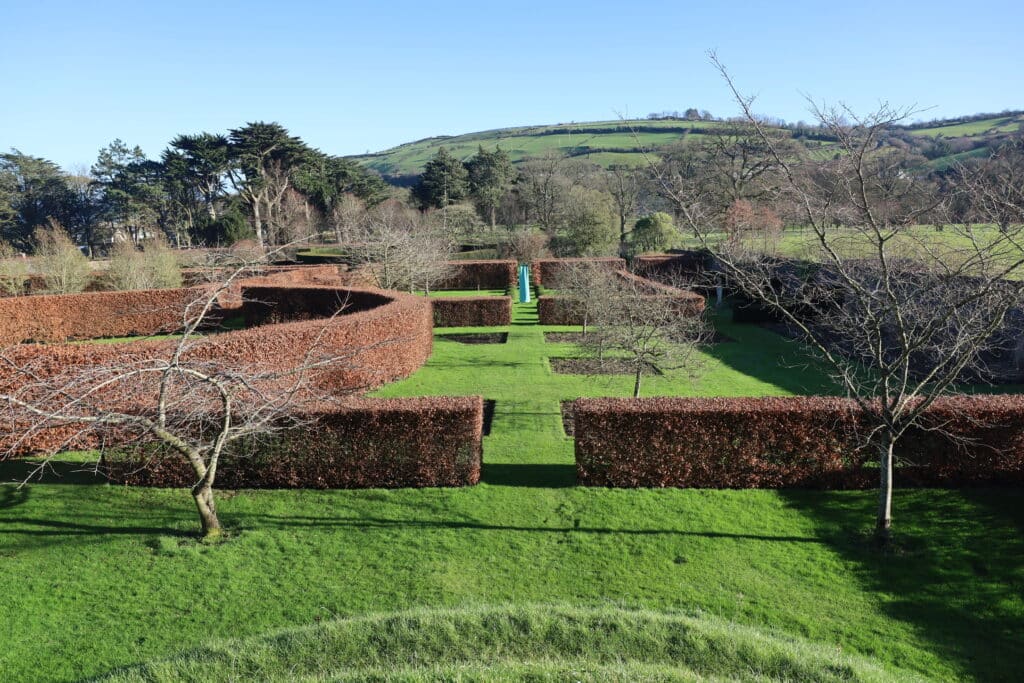January has been a great time to do some planning for the future. New seed is coming from New Zealand, the Chatham Island Forget-me-not, Myosotidium hortensia. This charming plant thrives in Ireland and when grown in dry shade, it will seed around. The young seedlings need to be protected from slugs and as the seed tends not to spread very far from their parents, an application of a biological control called Nemaslug, applied in the warmest months, July and August, keep the slug population down admirably. I use Nemaslug on any bulbs, such as lilies or gladiolus and tubers such as Dahlia and Canna. Nemaslug is organic and contains clusters of nematode eggs, known as cysts which hatch out in soil water and parasitise the poor slugs. Used annually, you will find your plants thrive and spread.
Myosotidium has somewhat crinkly, shiny, large foliage and the clusters of sky-blue flowers are borne in June in Northern Ireland. It works well with another New Zealander, Arthropodium cirratum ‘Matapouri Bay’. This more showy form of the Renga or Rock Lily makes a great accompaniment to Myosotidium in dry shade, but it flowers much later in July or even August. The seed can be collected about now and sown right away for a new crop of plants. It has fresh green, sword-shaped leaves which are surmounted by white star-shaped flowers which last for a long time. Slugs can be problematic, but if planted with the Myosotidium, the Arthropodium would also benefit from the biological control. As far as I’m aware, they do not seed in Ireland, so the seed needs to be harvested when ripe, (January) and sown inside in gentle heat.
In the garden today, between the outrageous squalls, there were pockets of divine scent, emanating from a distant Daphne. Daphne bholua form part of the understory on steep, well-drained hillsides of the eastern Himalaya. It grows with plants like Decaisnea fargesii, Mahonia nepalensis and Berberis hookeri. In Ireland, Daphne bholua needs good light and a reasonably dry rooting zone. It does well in the root plates of other trees, such as Yew, Eucalyptus or our own Oak or Beech. This helps keep the Daphne’s rooting zone fairly dry, just the way it likes it. There is a slightly darker form called ‘Jaqueline Postill’ and a lovely white-flowered form called ‘Alba’. All have gorgeous scent and in a blustery January, that is most welcome.






